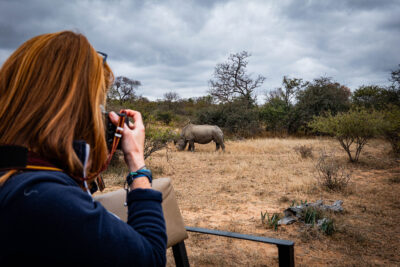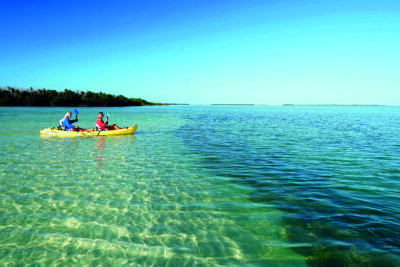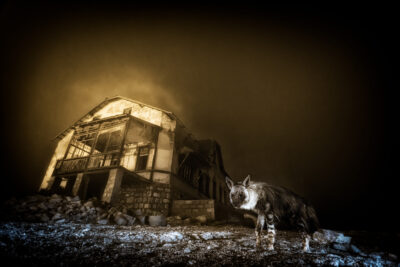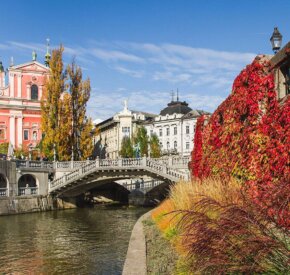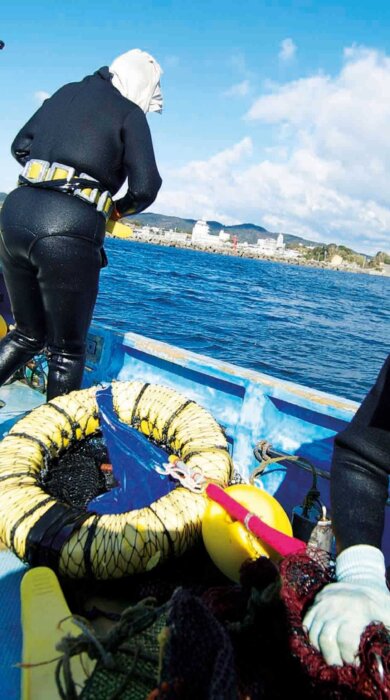
Dispatches: Freediving with Japan’s ama women
‘Sea women’ have been freediving for shellfish off the coast of Osatsu for thousands of years, but the future of Japan’s ama divers is looking uncertain as a new generation fails to follow in their wake…
Resembling a sleek seal in her wetsuit, Sayuri emerged alongside her husband’s boat and swung a net filled with sea cucumbers on deck. With lithe agility she climbed on board and began examining her seafloor harvest.
Sayuri Nakamura is 67 years old. Her friend, Shigeyo Nakayama, who soon followed, is 71. They are ama (‘sea women’), Japan’s famed all-female shell divers, a tradition that dates back several thousand years. Yet most are now aged between 60 and 80 years old and, with numbers declining, it may soon be time to bid sayonara to a cultural practice shared with South Korea’s haenyeo diving women.
Sink to new depths
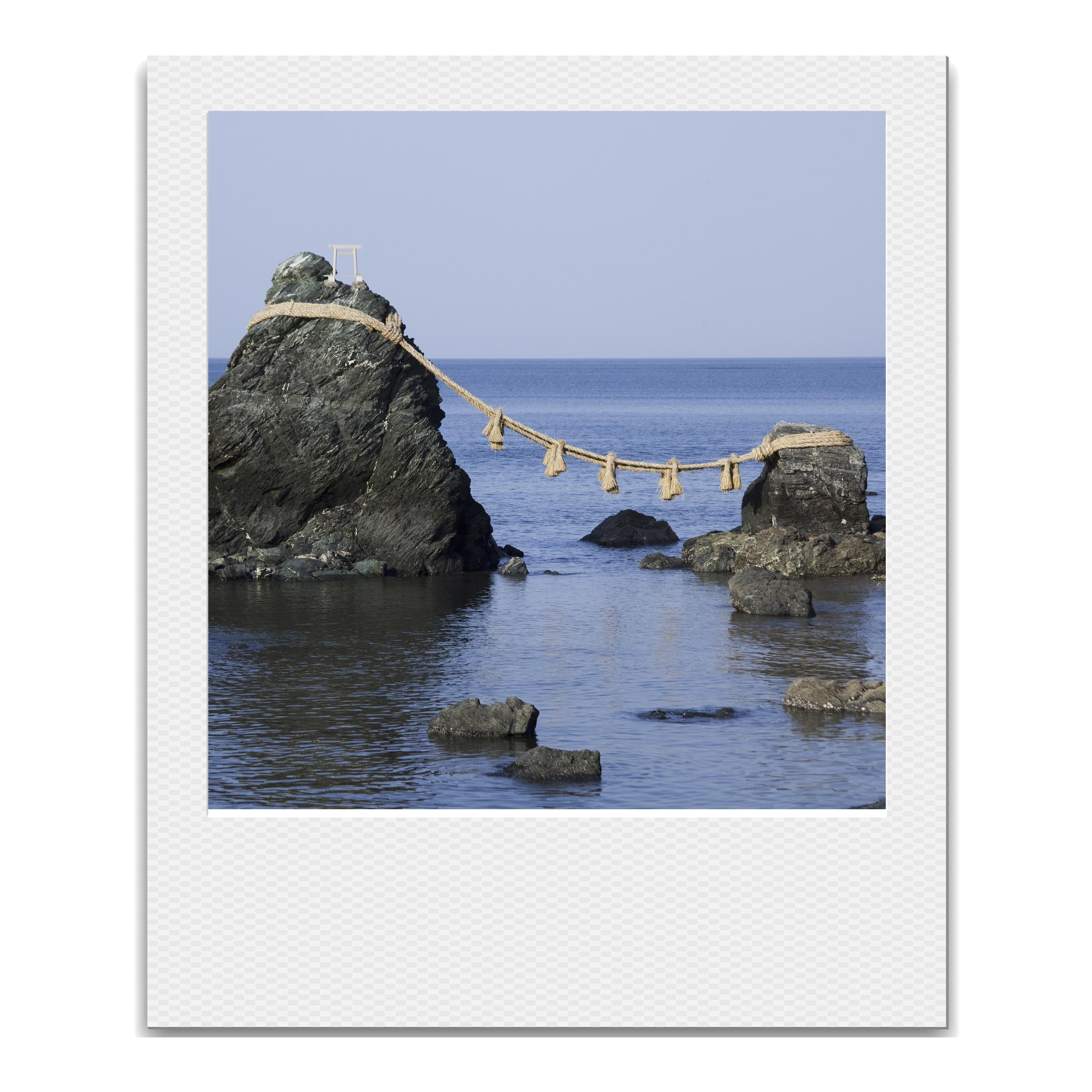
I’d travelled to the craggy Pacific Ocean coastline of Ise-Shima National Park, in Mie Prefecture, to meet them. It’s a stronghold of the ama – around 100 currently dive off Osatsu town’s coast. Rivers from the surrounding forested mountains enrich the indented bays with nutrients, spawning abundant turban snails and expensive abalone. As far back as the 8th century, this seafood was deemed ‘miketsukami’ – pure enough to be offered to the deities of Japan’s most renowned Shinto shrine, Ise-Jingu, where the ama pray locally for safe dives.
Their history is well documented in the Sea-Folk Museum near the city of Toba. Exhibits chronicling their antiquity include radiocarbon-dated antlers from 3,000 BC, fashioned into tools for prising seashells from rocks. The ama were first heralded in 8th-century poetry and depicted in 17th-century artwork as diving naked. Modesty later prevailed, and they adopted white isogi (cotton bathing suits) before wetsuits arrived around the mid-1950s. By this time around 6,100 ama were diving throughout Japan.
Elsewhere in the museum were displayed the ama’s modern tools: waist nets, which are attached for collecting shellfish; the metalhooked chisels that superseded antlers; and wooden gauges used to reject abalone shells if too small. In Japan they are eulogised for their sustainable foraging.
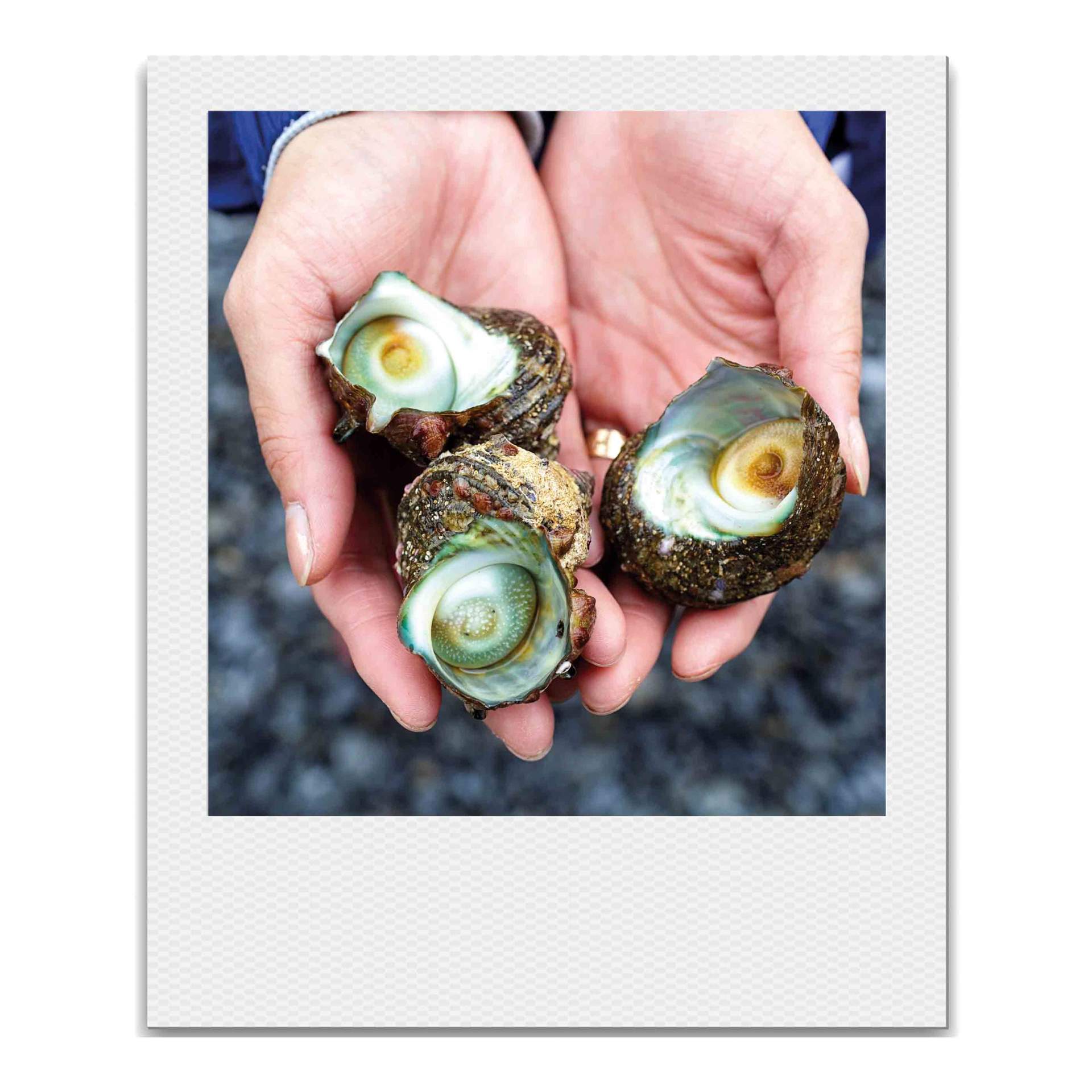
Hold your breath
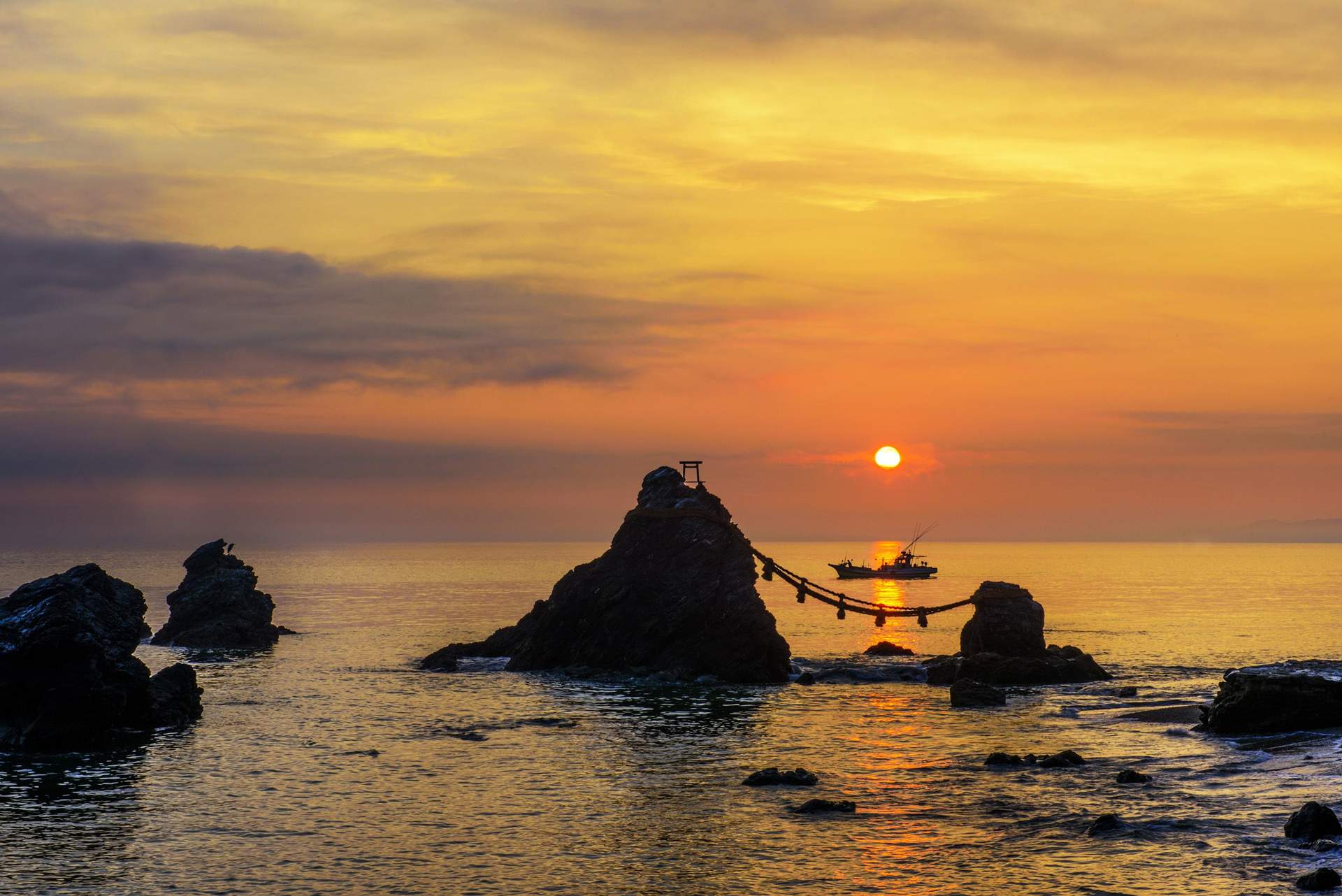
Worship the sunrise at the Meoto Iwa Rocks in Ise-Shima NP (Shutterstock)
Off the coast of Osatsu, I rode on Mr Nakamura’s boat to watch Sayuri and her fellow ama bobbing around in depths of around five metres. They plunge repeatedly to the seafloor, emitting a rasping-like sound as they fill their lungs to dive.
Osatsu is home to the largest remaining concentration of the 700 or so divers that still operate nationally. They bring great prosperity to the local community, not just through the value of their harvest but also courtesy of the Japanese tourists who pay good money for a shoreline barbecue.
As Sayuri dived, her husband explained that most ama practice kachido-style free-swimming. Previously, many weighed themselves down in order to freedive to depths of around 20 metres. “They are too old to do this no w,” he said, explaining that the women dive 60 to 90 minutes per day and hold their breath underwater for around 50 seconds. They call their dives ‘50-second battles’.
He noted that the women collect fewer abalone these days; he believes this is because of climate change affecting shellfish breeding. “The temperature is around 15ºC now (December), and it should be much colder,” he said. After clambering back on deck, Sayuri described today’s catch as so-so. “I made ¥50,000 (£354) yesterday, but today it’s around ¥35,000 (£245),” she guesstimated.
Merchant wholesalers waited on the wharf to buy and distribute her produce as far afield as Tokyo. It was there that I saw Osatsu’s oldest ama, then aged 83. Her back was stooped, and she walked with a stick. “In the water she’s like a fish,” commented Orie Iwasaki of the local tourist office.
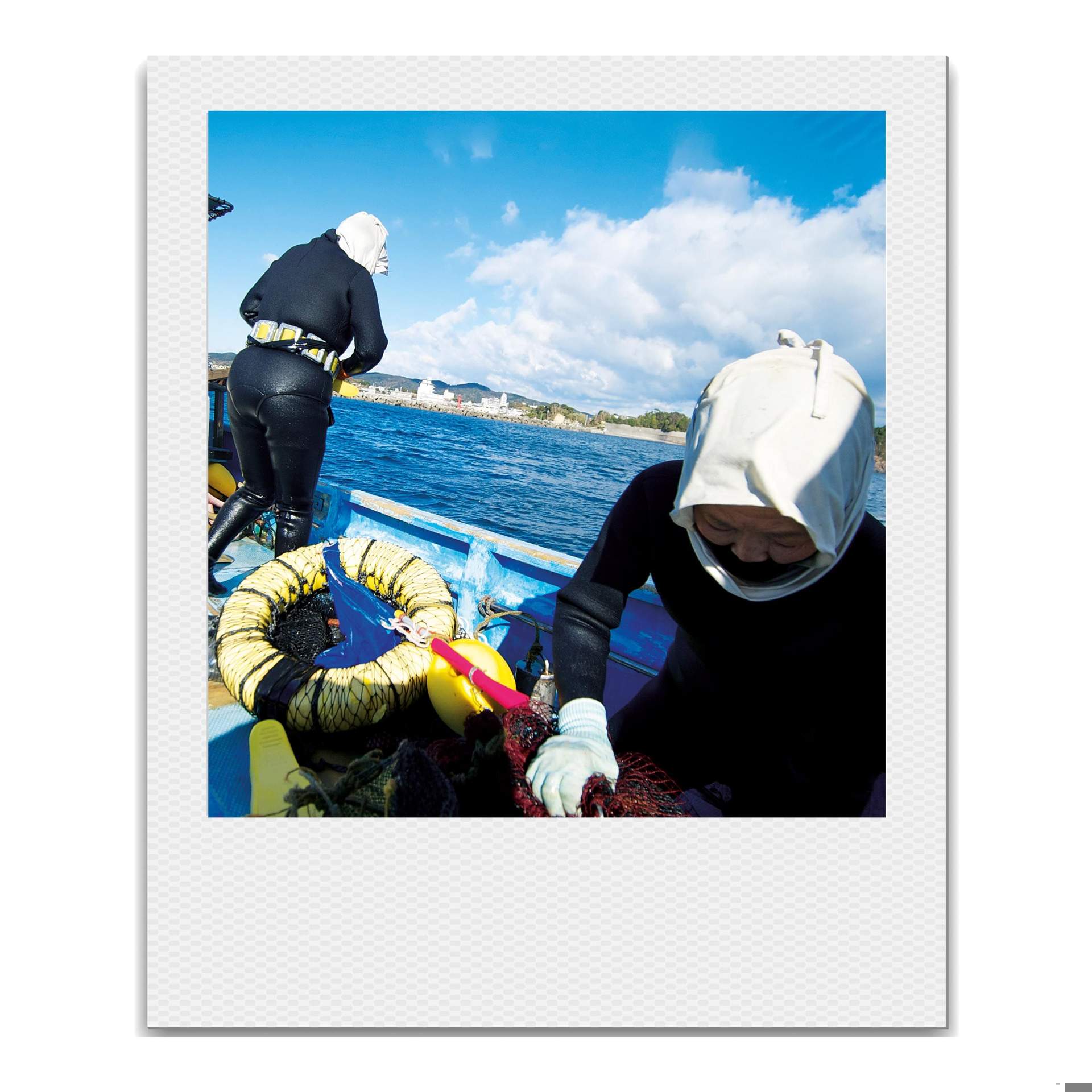
Final dives
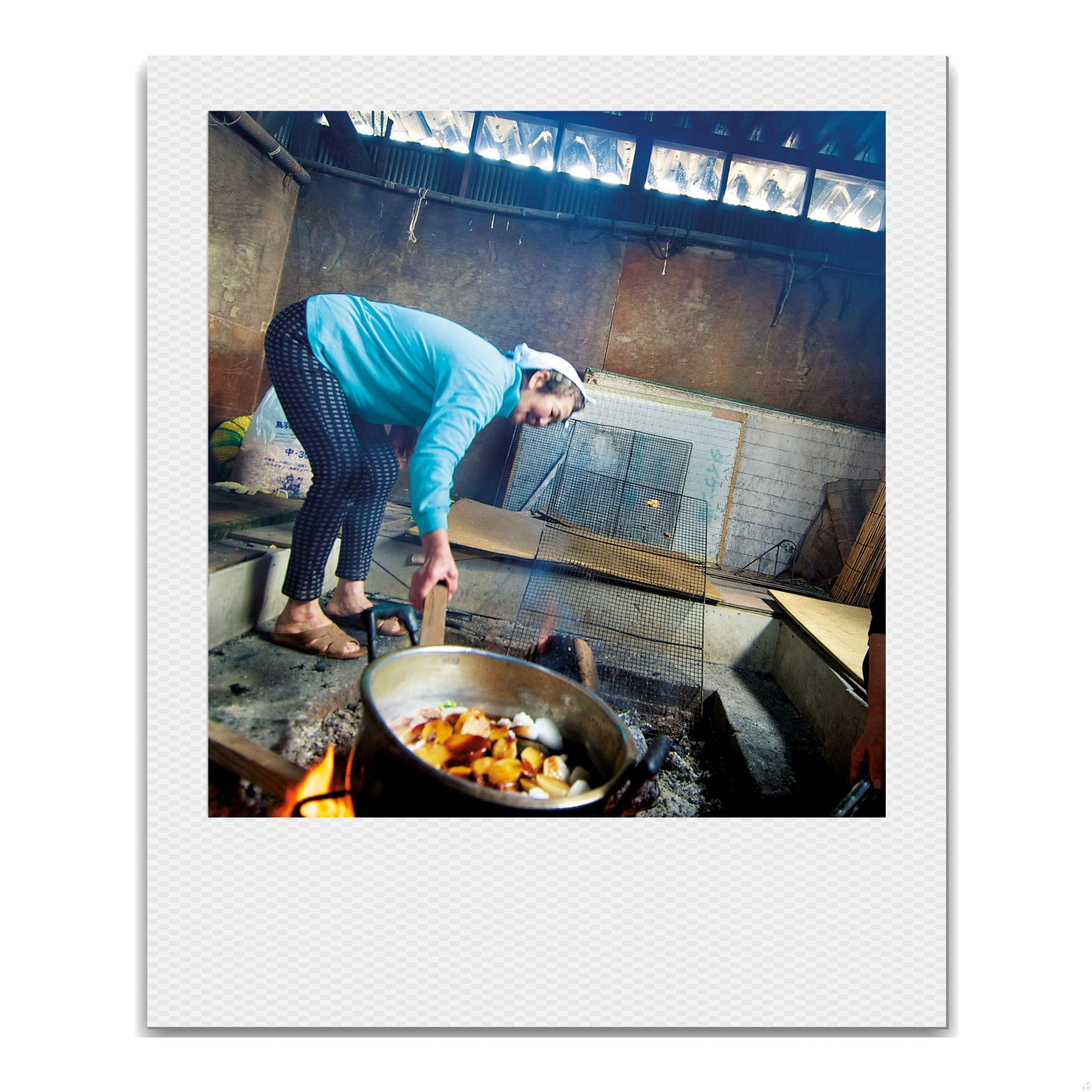
Post-dive, the ama congregate in corrugated-aluminum huts to discuss their catch and eat around wood fi res. Sayuri explained that she still loved diving despite her advancing age. Stripped of her wetsuit, she looked every bit a septuagenarian. “I’ve been diving since I was 20. I’m used to it.”
I asked her if the ama could survive with few younger women coming through? I expected her to advocate attracting youngsters to be keeping the profession alive but, surprisingly, she off ered a Catch-22 scenario instead. “I have no idea how to attract younger women because they have more options these days,” she started. “But we don’t want them. If the younger ones come, they will take our catch.”
“They don’t seem to sense the urgency needed to prolong this ancient profession,” Orie Iwasaki reflected. “But their culture is vital for the town’s economy.”
The local authority is offering a ¥60,000 grant (£420) for newcomers to get started. There is also local momentum towards bidding to list the ama as a UNESCO intangible heritage. Not only, Orie says, are they the survivors of a 5,000-yearold culture, but the embodiment of independent women in Japan.


